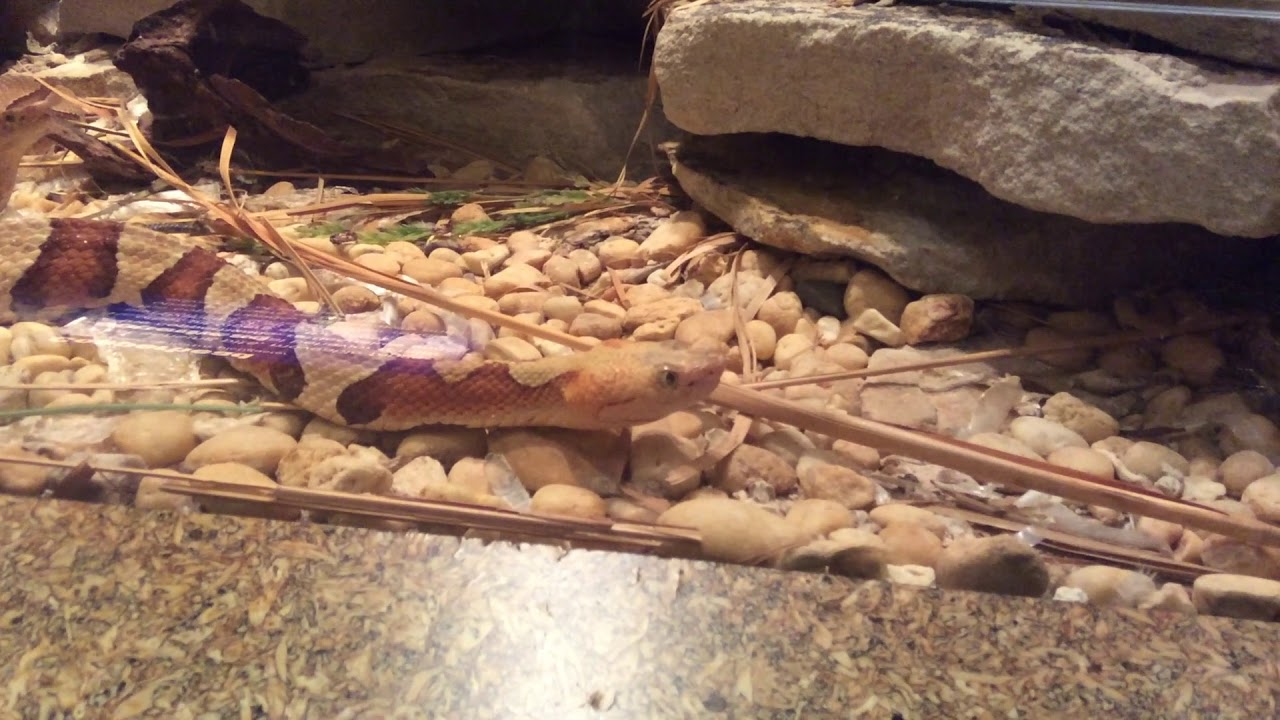- Detailed anatomical and behavioral description of the Staten Island Zoo Copperhead
- Understanding habitat and ecological importance within its native range
- Conservation status and efforts at the Staten Island Zoo
- Educating the public on venomous snakes and their ecological role
- The significance of zoos in wildlife conservation and education
The Staten Island Zoo Copperhead, a fascinating representative of North America’s snake fauna, captures the attention of both herpetologists and nature enthusiasts alike. Known scientifically as Agkistrodon contortrix, the copperhead is a venomous pit viper species that occupies diverse habitats across the eastern United States. The Staten Island Zoo has taken special interest in this species for educational and conservation purposes, given its relevance to the local and broader ecosystem.
Copperheads are medium-sized snakes, usually measuring between 24 and 40 inches. Their distinctive copper-red head, from which they derive their common name, and hourglass pattern of darker bands across a tan or reddish body make them easily identifiable. These snakes are equipped with heat-sensing pits located between their eyes and nostrils, allowing them to detect warm-blooded prey even in complete darkness. This adaptation, combined with their hemotoxic venom, makes copperheads efficient ambush predators. They primarily feed on small mammals, birds, amphibians, and insects.
In their natural habitats, copperheads prefer deciduous forests, rocky outcrops, and mixed woodlands. They are adaptable, often found in rural and semi-urban areas, which sometimes leads to human-snake encounters. Copperheads play a crucial role in controlling rodent populations, thus maintaining ecological balance. This predator-prey dynamic underscores the species’ importance in the food web. Their presence indicates a healthy ecosystem, where biodiversity is maintained through natural checks and balances.
Conservation of the copperhead is paramount, particularly in the face of habitat destruction and negative perceptions surrounding venomous snakes. The Staten Island Zoo has implemented several initiatives aimed at educating the public about the ecological importance of these reptiles. By engaging in captive breeding programs, the zoo not only preserves genetic diversity but also raises awareness about the challenges these snakes face in the wild. Their outreach programs strive to inform and change public perception, emphasizing coexistence rather than fear.
Educational efforts extend to classroom settings and interactive exhibits, where visitors can learn about the anatomy, behavior, and life cycles of the Staten Island Zoo Copperhead. By highlighting their role in pest control and their limited threat to humans, zoos contribute to a broader understanding of why protecting these species is necessary. Despite possessing venom, copperheads are generally non-aggressive and will bite only if threatened or provoked. Educating the public about proper behavior in snake habitats can reduce human-snake conflict substantially.
Zoos play a pivotal role in wildlife conservation and education. The Staten Island Zoo exemplifies this by acting as a steward of species preservation, focusing on indigenous fauna like the copperhead, which often receives less attention compared to more glamorous species. Through partnerships with conservationists and researchers, the zoo contributes valuable data that aids in the protection of natural habitats. Zoos offer a controlled environment where the effects of changing environments on species can be studied and documented, providing insights that can be applied to broader conservation strategies.
In summary, the Staten Island Zoo Copperhead serves as an ambassador for reptile species within zoos’ conservation and education frameworks. By spotlighting these often-misunderstood animals, zoos help foster appreciation for their ecological contributions and promote informed stewardship of natural resources. Through educational initiatives, conservation programs, and public engagement, the Staten Island Zoo actively contributes to the preservation and understanding of the copperhead. This work creates a vital link between scientific research, public awareness, and the conservation goals essential for sustaining biodiversity.
*****
Source Description
This video was recorded November 23, 2015 at 3:23 pm for the Urban Advantage Program. It can be used in the classroom as an introduction to animal behavior field studies. One things students can practice is the “All Occurrences” data collection method by counting how many times the snake flicks it’s tongue.


